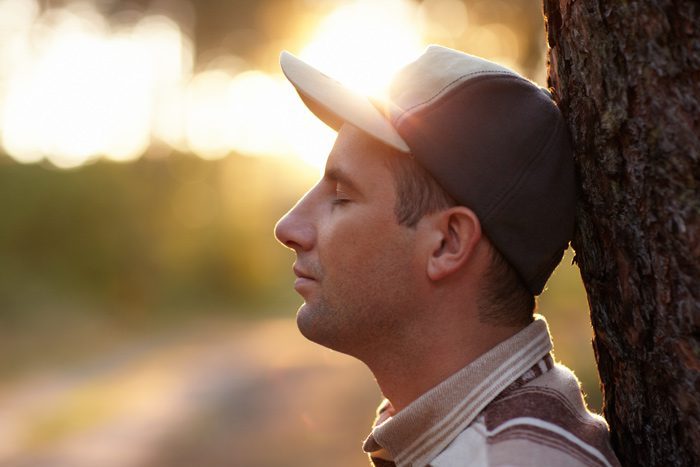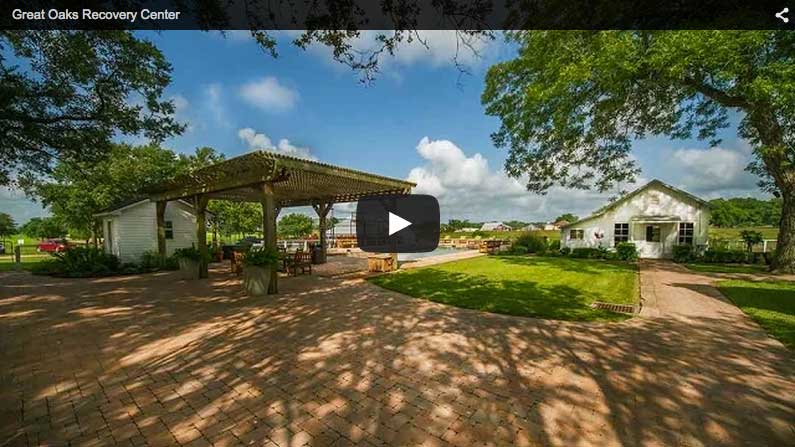
Cravings & Urges
One of the things that people in recovery have to learn to deal with is managing their cravings and urges to use. They know that once they go through detoxification (detox) and their initial drug and alcohol treatment program that the work of managing their addiction isn’t complete. Since addiction is a chronic illness, relapse prevention needs to be part of the full continuum of care provided to clients.
Urge surfing is one holistic therapy technique that can be effective when cravings strike. It involves mindfulness and does take some practice. Once a person becomes familiar with it, they can use it anytime they are in a situation where they feel a compulsion to drink or use drugs.
What Is Mindfulness?
There are several definitions of mindfulness. The scientific definition of mindfulness is that it is the “self-regulation of attention with an attitude of curiosity, openness and acceptance.”
The self-regulation part of the definition focuses on a person’s ability to take control of what they are focusing on. Each person can focus on whatever makes sense or works for them, or whatever is available to them at the time. Some people focus on an image, while others choose to picture something in their mind (either a memory or an environment they find pleasant or comforting). Other people simply focus on the simplicity of their breathing.
The latter part of the definition talks about being “curious, open and accepting” of whatever comes up. This includes thoughts, feelings, memories, etc.
Mindfulness Meditation and Acceptance
Mindfulness comes up in conjunction with meditation often. Many people think that if they are meditating they have to “clear their mind.” Trying to clear one’s mind while meditating is an admirable goal, but nature abhors a vacuum, as the old saying goes. Instead of the mind becoming “clear,” it starts to fill up with thoughts and memories. These may invoke feelings, which may be either positive or negative. If you’re trying to keep your mind clear, dealing with these thoughts may make you upset or frustrated to the point of giving up on meditation altogether.
Mindfulness meditation, on the other hand, welcomes each thought as it comes, accepts it, and then gently sends it on its way. When memories come, they can be observed as though watching a movie and then sent on their way in the same manner. This takes time and some practice, which is why regular meditation sessions are recommended for relieving stress and learning to cope with past difficulties.
How Does Urge Surfing in Recovery Work?
The same idea of gentle acceptance also applies to urge surfing. An urge to have a drink or use drugs can be compared to a wave. It will rise, hit a peak and then pass. Urge surfing is a way to “ride out” a time when a craving hits.
The good news about urges is that they only last for a limited time. If someone can put off their impulse to use for 20 or 30 minutes, they have a good chance of riding out the compulsion to drink or use.
Instead of acting on the impulse to drink or use drugs, the person in recovery can use urge surfing to:
- Simply sit with their feelings
- Be curious about what they are experiencing
- Refrain from judging
1. Sit with the Urge to Drink or Use
For many people, addiction is born from the desire to mask or avoid some type of emotional pain. They start drinking or using drugs as a type of emotional anesthesia. This feels good in the moment; however, it doesn’t help the person develop good coping skills for dealing with strong emotions.
When a client is in recovery and gets an urge to use their drug of choice due to a stressor that triggers a strong emotion, their first response may be to become agitated and anxious. Instead of turning to chemicals to deal with those feelings, urge surfing encourages them to slow down and experience their emotions – to turn toward the source of their discomfort and sit with it.
2. Be Curious About the Experience
Allow the emotions to come through, and observe them. One good way to describe this is to picture a scientist who is conducting a study. That person is making detailed observations but isn’t becoming emotionally involved in what she is looking at.
Are some physical symptoms present during the urge to use? Once a particular physical symptom is noted, the person in recovery can focus on it and start to describe it to himself in detail.
For example, if one of the symptoms of a craving is tingling, think about that. Is the tingling all over or is it confined to one area of the body? Where does it start? Does it stay constant or come and go in waves? Is the tingling felt in conjunction with other symptoms?
3. Don’t Judge
There may be times when the person who is using urge surfing as a coping mechanism becomes distracted or feels as though they are “not doing it right,” especially at the beginning. It’s important not to judge one’s efforts if distractions occur.
Simply refocus attention on breathing slowly while picturing an image or a recalling favorite memory. Some people find it helpful to picture they are on a surfboard that is riding over a wave that represents their craving. Others find that picturing watching a wave from the shore is a better approach. There is no one “right way” to urge surf. Each person develops a way to use this technique. They may need to vary it depending on how long they have been in recovery and how strong they feel the urge on a particular occasion.
Find Addiction Treatment at Great Oaks Recovery
Great Oaks Recovery offers a residential program for clients living with drug or alcohol addiction. Our team includes medical doctors, nurses, nursing assistants, social workers and certified counselors. All of our staff are highly trained and experienced in working in the addiction area. Each one of our clients receives a thorough diagnosis, an individualized treatment plan, and aftercare. Contact us today to learn more.
If you or someone you love is in need of alcohol or drug treatment, contact our Houston drug and alcohol rehab center anytime, at (877) 977-3268. We are here to help.
Sources:
- Riding the Wave: Using Mindfulness to Help Cope with Urges
- psychologytoday.com/us/blog/what-matters-most/201711/3-definitions-mindfulness-might-surprise-you


